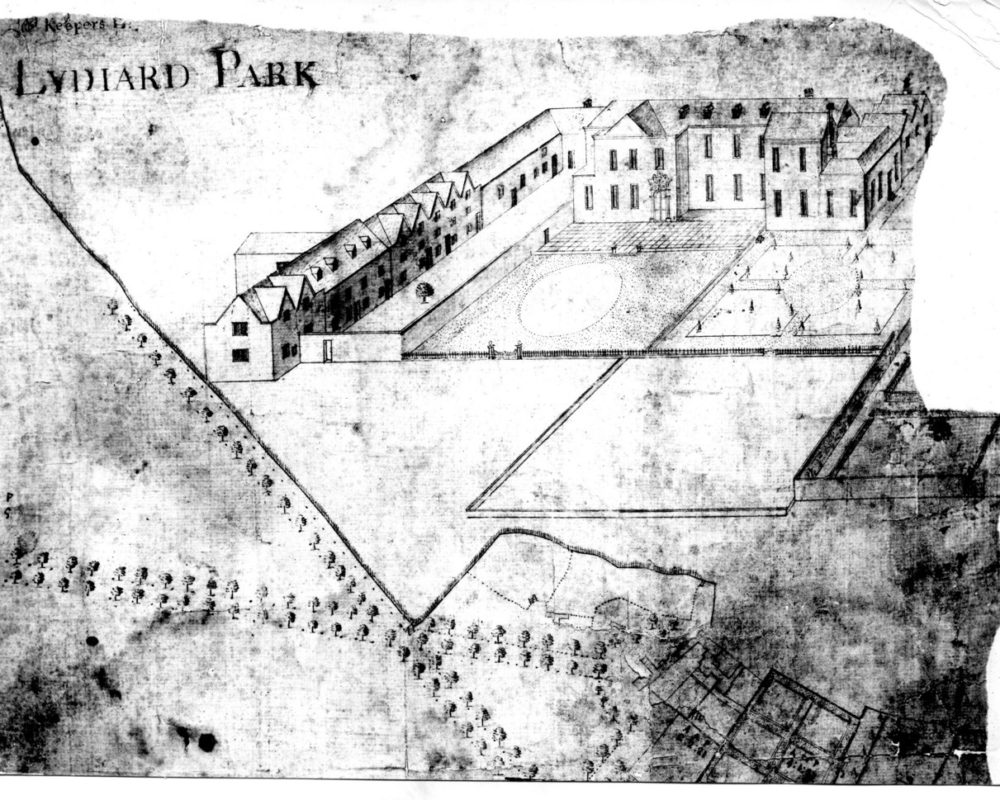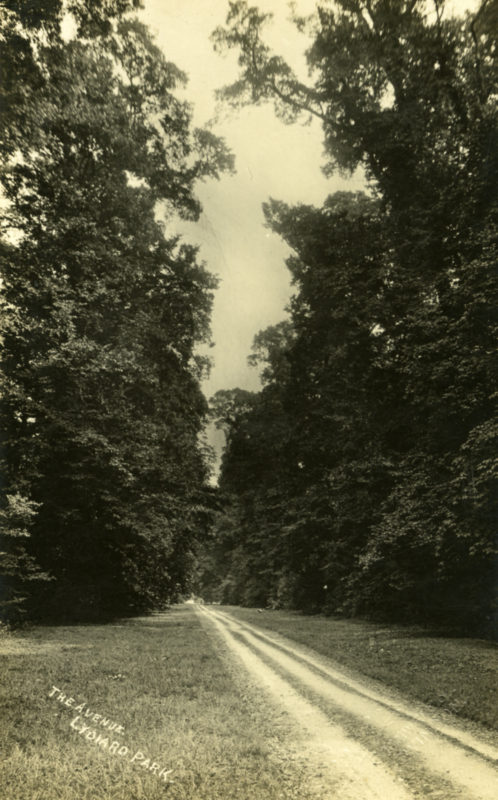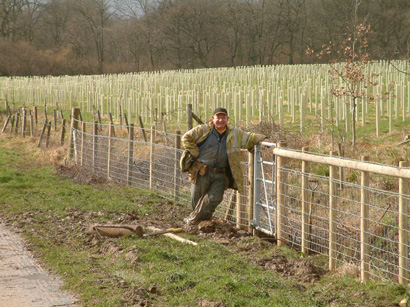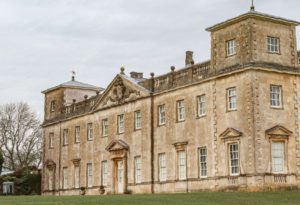Running Through History
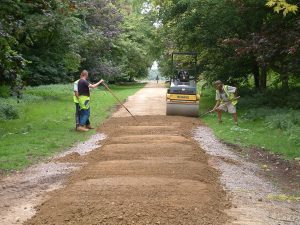 Whether you are a dedicated park runner, or enjoy a regular dog walk or family cycle, you’ll be familiar with the open rural setting of Lydiard’s West Park, beyond the sports and events fields. It’s easy to imagine that the paths which navigate this part of the park have always been here, but following hundreds of years of use, they had virtually disappeared by 2000, reduced to muddy tracks with some precarious steam crossings.
Whether you are a dedicated park runner, or enjoy a regular dog walk or family cycle, you’ll be familiar with the open rural setting of Lydiard’s West Park, beyond the sports and events fields. It’s easy to imagine that the paths which navigate this part of the park have always been here, but following hundreds of years of use, they had virtually disappeared by 2000, reduced to muddy tracks with some precarious steam crossings.
These old routes, some of which may date back to Elizabethan times and earlier, were reinstated as part of Swindon Council’s £5.3million Landscape Restoration Project of 2004-2007. Miles of paths were re-laid throughout the park and in West Park old wire fences were cleared away and the land brought into full public use for the first time.
A rare surviving plan of 1700 shows Lydiard’s deer park, criss-crossed by stately avenues of trees. But formal avenues fell out of fashion in the 18th Century when open naturalistic looking landscapes were popularised by Capability Brown. In pursuit of this new look, the landed gentry enthusiastically felled trees on a massive scale and Lydiard was no exception. By 1766 the park had lost two major avenues, creating an open plain with informal clumps of trees.
Over the next two hundred years the St. John family’s failing fortunes led to the parkland falling into disrepair. Though the remaining drives and grand avenue still looked impressive as this Victorian photograph shows, there was little money spent on the upkeep of the estate and its steady decline continued throughout the 20th century. In winter, Lydiard Park was serious muddy boot territory.
Signs of change came in 2004 with the arrival of a team from Wessex Archaeology. The council’s project archaeologists set up sample trenches across the park to discover the original width of the old gravel paths and drives so they could be accurately restored. And in 2005/6 traditional hoggin paths were reinstated using a mix of gravel, sand and clay that binds firmly when compacted, yet allows water to drain through it.
As well as the new avenue trees, the project saw the reintroduction of New Coppice, a large area of woodland which had been obliterated over time and used as a landfill site for clay waste in the 1980’. Here volunteers from across Swindon planted young native saplings which are now growing into healthy woodland, providing habitats for wildlife as well as improving the historic landscape.
